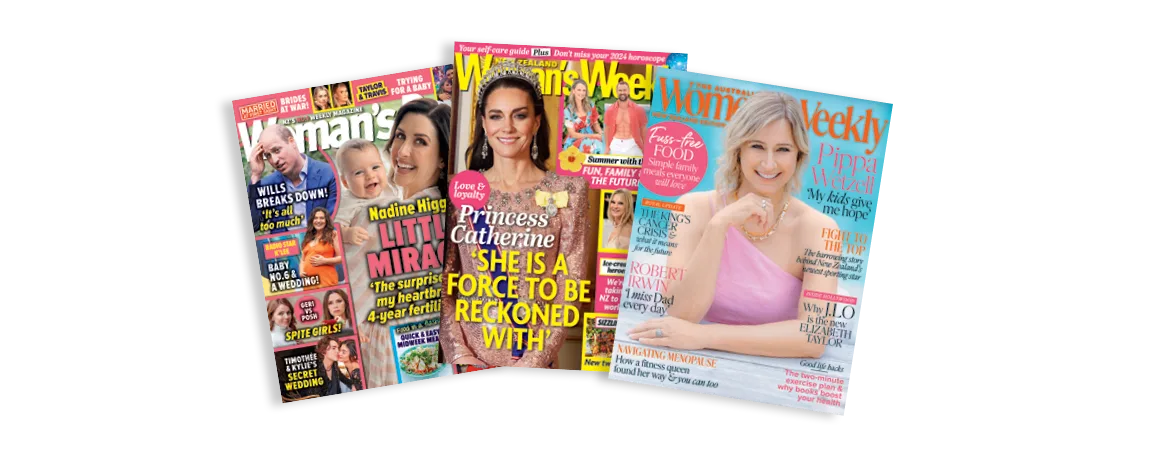How do I know when it’s done?
Whatever you are roasting, use a meat thermometer so there’s no guesswork, no risks and no tears. Remove meat from oven and immediately insert the thermometer into the thickest part, away from fat or bone.
Below are the internal temperatures the meat should reach for different degrees of cooking, plus a cooking guide for roasts. However, bear in mind that a larger piece of meat will need fewer minutes per 500g than smaller cuts; and joints with the bone in will cook more quickly than boned and rolled roasts.
Beef (scotch, sirloin, eye fillet, rump)
45-50°C rare
Cook at 200°C for 15-20 minutes per 500g
60-65°C medium
Cook at 200°C for 20-25 minutes per 500g
70-75°C well done
Cook at 200°C for 25-30 minutes per 500g
Lamb (leg, shoulder)
45-50°C rare
Cook at 180°C for 20-25 minutes per 500g
60-65°C medium
Cook at 180°C for 25-30 minutes per 500g
70-75°C well done
Cook at 180°C for 30-35 minutes per 500g
Chicken and turkey
75-80°C done and safe to consume
Pork
70°C done and safe to eat
For a rolled roast shoulder of pork, have the butcher score the skin, add stuffing (if using) then roll tightly and tie with string at even spaces along the length. Place in a roasting pan, rub skin with oil and then massage in some sea salt as best you can.
Roast for 15 minutes at 230°C then reduce temperature to 160°C and cook for 35-40 minutes per 500g or to an internal temperature of 70°C. If the skin isn’t crackly enough, flash it under a medium grill until crisp. Rest meat for 15 minutes before serving.
 Chris Court/bauersyndication.com.au
Chris Court/bauersyndication.com.au

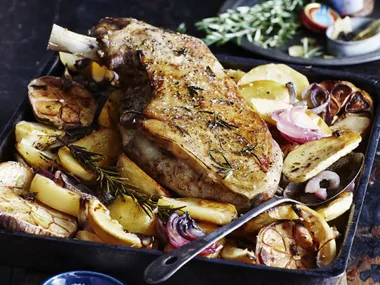
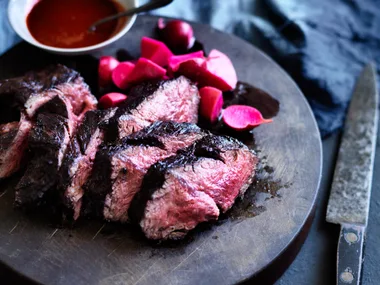
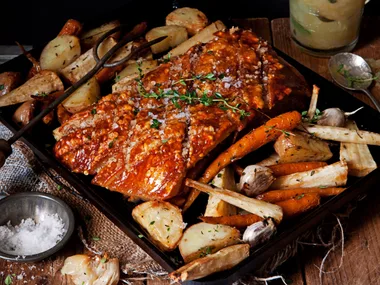
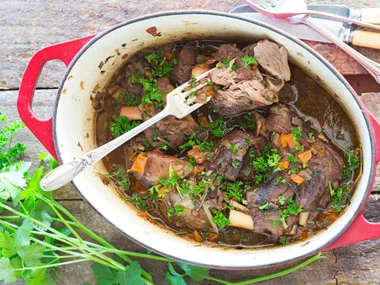
.jpg?resize=380%2C285)
